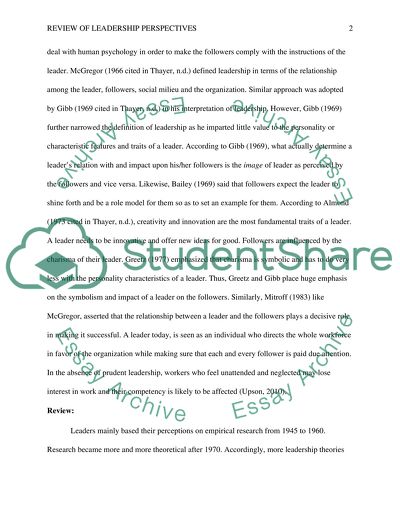Leadership: Then and Now Essay Example | Topics and Well Written Essays - 500 words. Retrieved from https://studentshare.org/miscellaneous/1574881-leadership-then-and-now
Leadership: Then and Now Essay Example | Topics and Well Written Essays - 500 Words. https://studentshare.org/miscellaneous/1574881-leadership-then-and-now.


